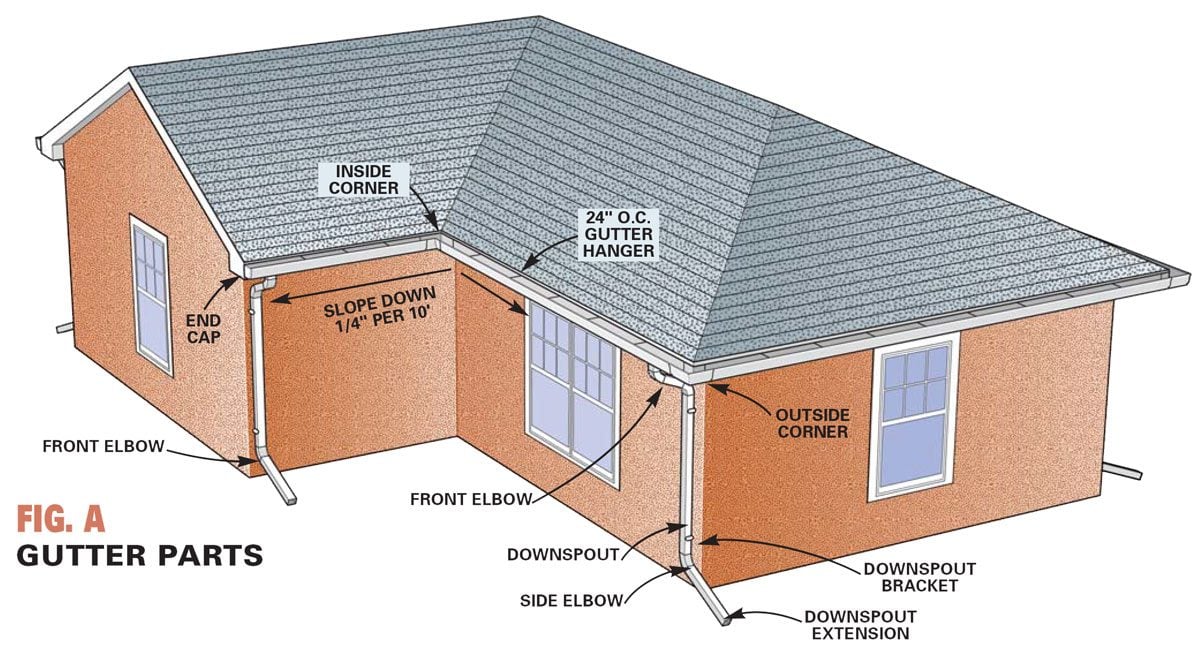When it rains, it pours, and for many of us, the devastation is real. Take a look at this intersection near our home that was inundated with almost 4 inches of water. This person needed to be rescued!
Residential Street Flooding Rescue
Often times we throw the word Flood around like it has an understood meaning, but as with many words these days, there are different meanings and uses for them. No longer can we rely on the Webster Dictionary (remember that?) to specifically define words and their meanings…
First up…Floods: Did you know that the Federal Flood Insurance Program defines it as a general and temporary condition of partial or complete inundation of two or more acres of normally dry land? This Flood definition can vary, but regardless of if the water comes in from the outside (and a hole was not caused from a storm in your roof or a window) then you probably will need Flood Insurance to be made whole again.
Next is Water Back-Up: This is when there is a sump pump failure, drain clog or sewer overflow. Most Homeowner Insurance policies do not include water back up automatically. So, it’s wise to review your Homeowners policy, and if you cannot find an endorsement listing this type of coverage, it might be time to think about adding it to your coverage. Especially with all the rain we’ve had this year, now is a good time to review your insurance portfolio.
Homes with finished basements should also have a Flood policy. Some Homeowner’s policies are limited to a certain amount of damage costs. This could only be $5,000 or $10,000; alternatively higher limits may be available, so asking your current Agent or Broker is imperative.
So what do we do no matter whether this is a covered insurable event or not???
In basements, always have a drain, and sump system, but additionally never store anything valuable on the floor, nor use cardboard boxes as they will retain water and moisture. Using plastic bins and elevating items is a good preventative measure against water no matter what. Also, using throw carpets on tiled floors in a basement or “carpet squares” that are easy to remove when damaged and replace on the go. Electronics and fabric items should always remain way above potential water hazards, and when the water comes, make sure these items are moved out of harm’s way first.
Outside of the home, gutters and downspouts have caused many problems for several of our clients. Having wider gutters to accommodate the amount of rain and placing downspouts properly is key in keeping the water away from the foundation. Never send water back towards your home either with the gutter or downspout (see the graphic below). It is surprising to see how over time many homes that have had different renovations performed may not have had someone re-evaluate the water runoff from different rooves or new additions. Go outside the next time it rains and watch how the water flows off your building – you may figure out an easy way to prevent future water losses by simply watching the flow and then calling your “Gutter Guy” or “Landscaper” to make some changes.
Having more downspouts helps immensely. The less the water can backup and overflow over the roof will be better in the long run. Also make sure they are pitched properly. When gutters are aligned too steep, water can overflow at the top of the downspout. Not steep enough and water can collect or overflow on the sides of the gutters.
You also need to pay attention to how the gutters are laid out. You do not want to have water collect close to the home as it can seep into the ground and cause cracks in the foundation or splash back on the house, causing stains.
It is wise to ensure that the downspouts do not empty into the corner of the home. If your home has an “L” shape, you will not want the water to pool at the 90-degree angle of the house. Many homes have many small “L” shaped corners, so looking at this several times is key. Water should always be channeled away from the home. This issue if untreated can cause serious foundation cracks. Lastly, downspouts should always extend 4-6 feet away from the home.
Check out next month’s issue that will discuss the differences between Wind, Hail, Hurricane, All Perils, and Water “Deductibles.” – did you know there are sometimes this many options?

